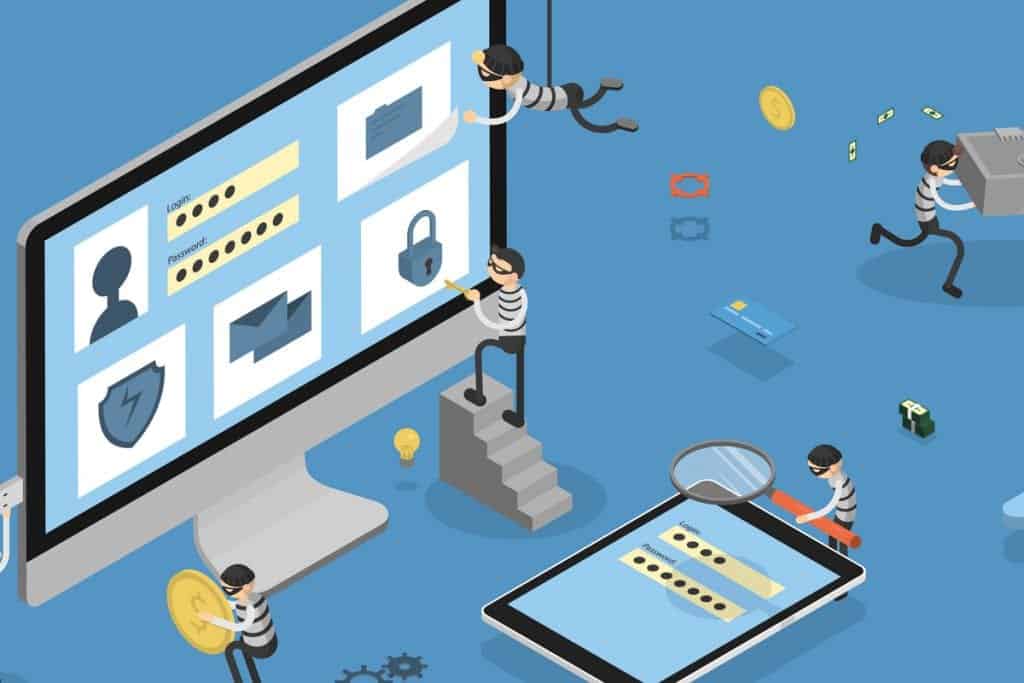
Data breaches come in all shapes and sizes, as do the methods used to illicitly hack into important data. But one common thread running through a spate of recent ransomware attacks on county governments and dentists’ offices is all too familiar: weak passwords and the absence of multi-factor authentication.
Multi-factor authentication, or MFA, is defined as a login process that contains two or more crucial steps. First, a user enters his or her password; then, the user has to enter a unique code (typically delivered by text or email) to confirm their identity.
This multi-step login process can mitigate the impacts of a compromised password, which skilled hackers routinely use to access networks, databases, and individual laptops or computers. Once one weak or reused password is stolen, cybercriminals can worm their way into entire systems, installing ransomware, swiping personal information, and wreaking havoc on day-to-day operations.
How Can the Password Problem Be Solved?
Already common with many emails and social media platforms, larger businesses and governmental institutions have begun instituting multi-step login processes across the board to protect users and their data. But smaller companies can easily implement MFA, as well, especially with the help of a trusted IT provider.
Many recent ransomware attacks have occurred because of lapses in the security policies of managed service providers (MSPs). Before you consider working with such a partner, ask them about their own internal culture of cybersecurity. Do their employees use multi-factor authentication to log in to important systems? Have they vetted the MFA process with their own third-party vendors? Do they have plans in place for security incidents that impact internal business and external clients? At CMIT Solutions, we consider cybersecurity to be one of the core values that support our ultimate mission statement: protecting our clients and their data in the same way we protect our own.
Once multi-factor authentication is in place, it’s time to review the passwords you and your employees use. If any of them are outdated, too simple, or reused across multiple platforms, consider that a red flag. Popular password managers like LastPass, 1Password, and MyIT Glue serve as a far more secure and automatic replacement for those sticky notes you used to keep on your desk, generating strong, unique passwords for individual accounts while requiring the user to remember just one master password. Password managers come with pros and cons depending on your business and industry, so talk to a trusted IT provider about your options.
At the end of the day, strong passwords and multi-factor authentication represent two bricks in the wall of a robust cybersecurity strategy. Any worthwhile IT protection plan should integrate seamlessly with your business and the work of your employees, identifying digital threats and responding proactively to mitigate impacts before they happen.
Want to know more about multi-factor authentication? Need to review your company’s password policy? Looking to strengthen the IT defenses surrounding your business? Contact CMIT Solutions today. We take cybersecurity seriously, defending your data and protecting your employees so that you can survive and thrive in today’s challenging online world.
